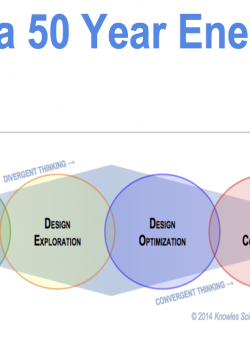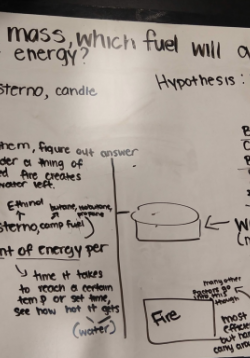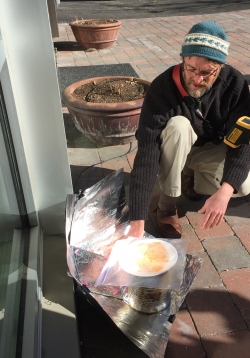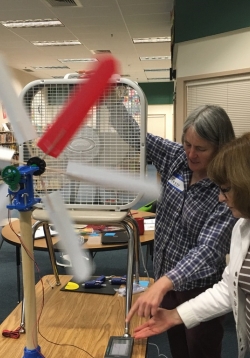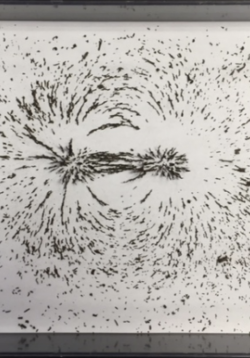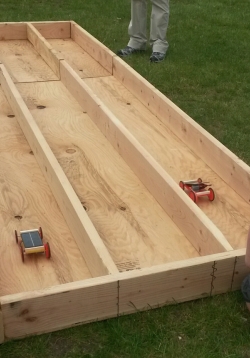Scaling up to Power Production: Let’s Engineer a Wind Turbine
After working through Lessons 1 and 2 of this Unit, students are now familiar with the physics of how generators work. The next step in Lesson 3 is to investigate how existing power generation systems operate and supply electricity to entire geographic...

